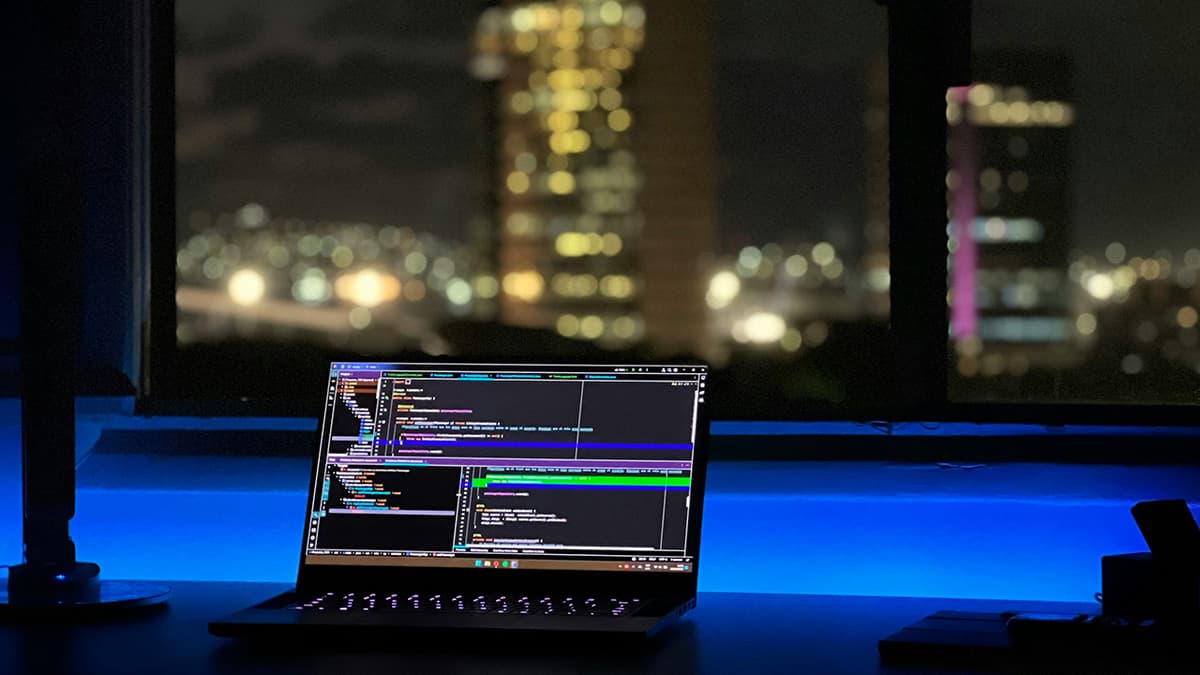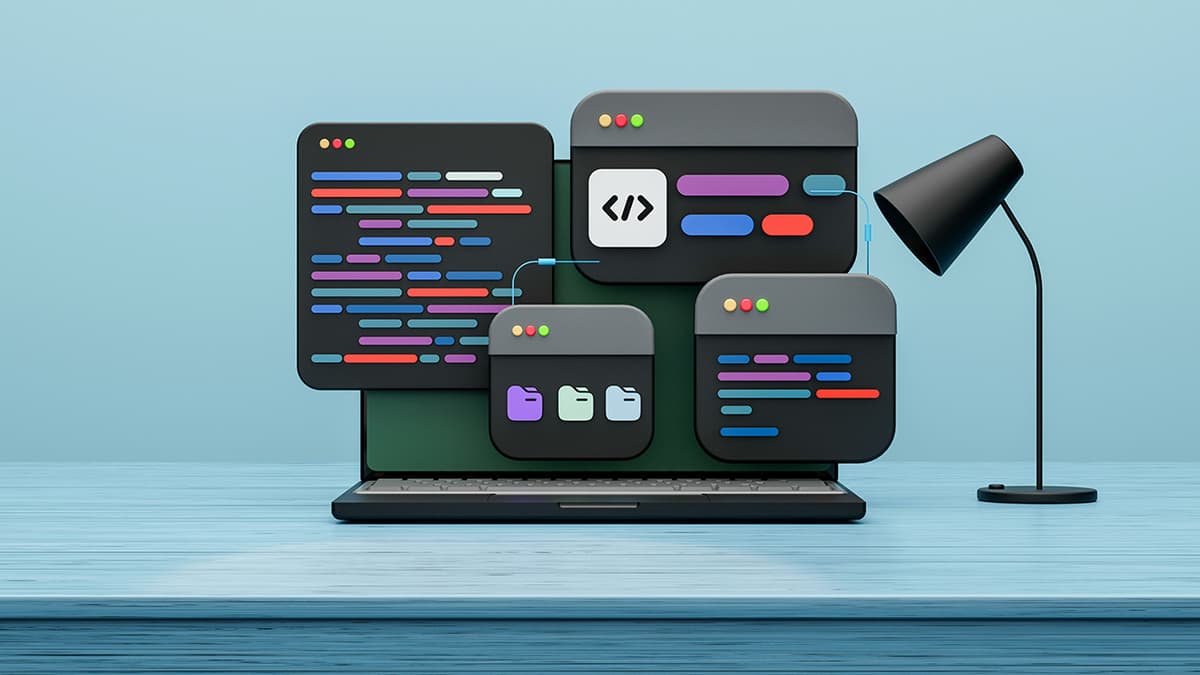GraphQL with NodeJS: Building APIs the Way I Like It
I used to wrestle with REST APIs. The endless back-and-forth, the over-fetching of data, the need for multiple endpoints just to grab what I needed – it was a mess. Then, GraphQL strolled into my code life, and things started to feel right. And when you pair that with the flexibility of NodeJS, you get something quite special. Let’s talk about that.
Why I Switched to GraphQL
When I build an application I want a process that feels streamlined and intuitive. REST felt like rummaging through a cluttered toolbox for the right screwdriver; GraphQL feels like having that screwdriver magnetize that your hand the moment you think about it. With REST, my frontend application often got more data than it required, which made the application slower. GraphQL allows me to specify exactly what data I want from the server. This precision is a game-changer. I can request specific fields from specific objects, eliminating the excess baggage. This isn’t just cleaner; this makes my applications faster.
Another joy of GraphQL is its strong type system. Schemas make you think through the structure of your data before you even write a single line of code. This also makes it easy to see the data I can work with, what fields are available, and the structure of the entire API. It really improves the development experience, and reduces errors before they become a problem. This self-documenting API concept is beautiful, and it makes working with it a lot more enjoyable.
Setting up NodeJS for GraphQL
How does this pairing work with NodeJS? It’s simple. I start with NodeJS and install graphql and express-graphql. Express, if you don't know, is a server framework. I use npm to add these. Once they're installed, I create a server. This setup becomes the base for my API. I define my GraphQL schema in NodeJS. This is where I declare what queries, mutations, and types my API supports. These types define the shape of my data. Think of it like creating the blueprint for what passes between the client and server. When you query for data, you’re following the plan, down to the specific fields. It's great.
The cool part is how Express and GraphQL work together. express-graphql acts as the bridge between my GraphQL schema and the HTTP server. It checks the request, it passes it to my schema, and sends the data back to the client following the correct structure. It handles the heavy lifting, enabling me to focus on my data and business logic.
Defining my Schema
Let’s look at a simple example. Suppose I want to make an API for books. I'd start by defining a type for a book: It will have title, author, and an ID:
Graphql
Then, I would define a Query, which allows me to get the book:
Graphql
This schema clearly states what type of data I have, and how the data should be requested. NodeJS, with its event-driven architecture, will then handle multiple requests using this schema. When a user requests a book by id, the server validates my query, retrieves the book object in a data file, and sends that data back in the format the schema defined.
Resolvers: The Heart of the Operation
A schema is essentially just a description. The resolvers are where all the action happens. Resolvers are functions that fetches data from different sources. It connects your declared schema with your actual data. This is where you find information from your database, file system or an external service. For the book example, I’ll have a resolver that obtains a book by it's ID. This might retrieve the book details from a simple JSON file stored somewhere on the server.
Mutating data.
GraphQL is not just for getting data; it also manages data changes. Mutations are used for modifying data on the server. I can also define a mutation. This, for example, makes it possible for clients to create new books or edit existing ones. I might have a mutation for creating a new book:
Graphql
I will have a related resolver that takes the title and author and makes the changes to the source of data. By providing a structured way to modify data, I can enforce consistency in both the server operations and the client applications.
Benefits I Experience
The benefits I get from using GraphQL feel real. The precision in data fetching helps optimize my applications. The self-documenting API makes collaboration with other developers a lot easier. There's a clear contract between the client and server, with type systems which makes debugging a smoother experience. The GraphQL tools like GraphiQL and Apollo Studio all help. I like these tools. They help me build, test, and debug GraphQL APIs. There's also a lot of community support and a bunch of libraries to further improve my daily life.
I have a good experience building applications using NodeJS and GraphQL. It is now my default whenever I am building an API. The combination gives me the power and structure that I like when creating applications. If you have not explored this, I suggest checking it out. You will probably enjoy it too.












